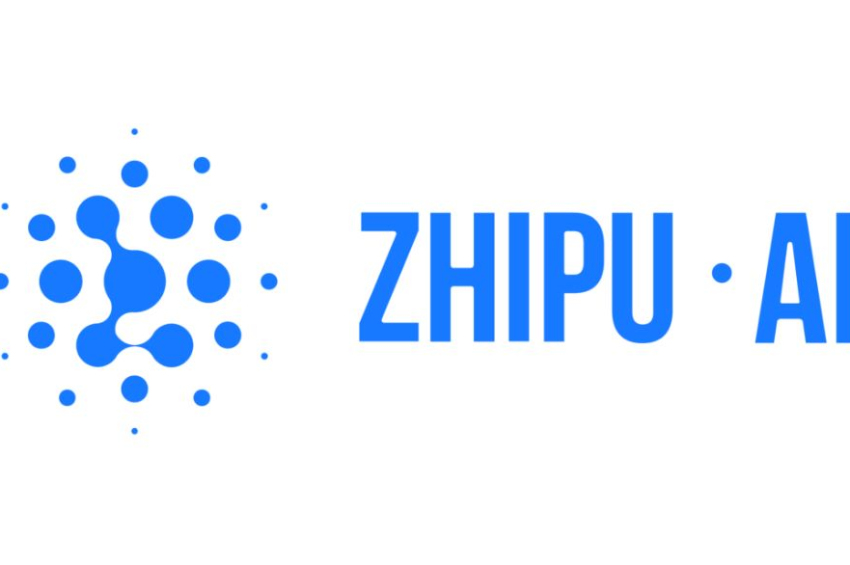Chinese startup Zhipu.ai unveils AI open-source model GLM-4.5 to rival GPT-4 and Claude
Chinese AI startup Zhipu.ai has launched two new open-source large language models — GLM-4.5 and its lighter sibling GLM-4.5-Air — setting a new benchmark for performance in areas like reasoning, coding, and autonomous AI agents.
While relatively unknown in the West, Z.ai is rapidly gaining global attention with models that challenge top U.S.-based systems from OpenAI, Anthropic, and Google – and even the Chinese model DeepSeek.
More to read:
AI failed while in charge of a real business, underperforming human managers
GLM-4.5 slightly outperforms DeepSeek in agentic and full-stack coding tasks, with more comprehensive tool integration and higher tool-calling success rates. While GLM-4.5 is more versatile across business and creative domains, DeepSeek is mostly focused on reasoning and code generation.
What is GLM-4.5 about?
GLM-4.5 is a massive model with 355 billion parameters (32 billion active), while GLM-4.5-Air is a more compact version with 106 billion parameters (12 billion active), offering faster performance and lower cost. Both models are based on a Mixture-of-Experts architecture, allowing them to efficiently switch between different tasks using specialized parts of the model.
More to read:
Which are the smartest AI models, by IQ?
They support two modes of operation: 1) Thinking Mode, for complex reasoning, multi-step tasks, and using external tools, and 2) Non-Thinking Mode, for quick answers and simpler interactions, the company said on its blog.
Competitive performance
In evaluations across 12 industry-standard benchmarks — including coding, math, logic, and autonomous agent tasks — GLM-4.5 ranked third overall, trailing only OpenAI’s GPT-4 and xAI’s Grok 4.
The smaller GLM-4.5-Air landed in sixth place, which is not bad for its size, Z.ai argues.
Among highlights spotted by VentureBeat the following are worth mentioning:
- Reasoning: Scored 98.2% on MATH 500 and 91.0% on AIME24, putting it near the top tier.
- Coding: Outperformed key rivals like Qwen3-Coder and Kimi K2 in side-by-side coding challenges, with a 90.6% tool usage success rate — the highest among its peers.
- Agent tasks: Matched Claude 4 Sonnet and beat Claude 4 Opus in web browsing accuracy (26.4% vs. 18.8% on the BrowseComp benchmark).
Practical applications
GLM-4.5 is not just a chatbot – it is capable of powering tools like:
- Build full-stack websites from a simple prompt
- Create professional PowerPoint decks or posters with image search and formatting included
- Write code projects from scratch, integrate with toolkits, or work inside existing applications
- Support virtual characters and dialogue systems for customer service or storytelling
Demos include web apps like a Pokémon Pokédex, slide creation agents, and even simple HTML-based games.
Open source & affordable
Unlike most Western models, GLM-4.5 is fully open source under the Apache 2.0 license, allowing commercial use; self-hosting; fine-tuning and modification; integration into private systems.
API access is insured for GLM-4.5 at $0.60 (input) / $2.20 (output) per million tokens and for GLM-4.5-Air at $0.20 / $1.10 per million tokens. Some promotional rates go as low as $0.11 / $0.28, under certain usage limits.
Pros and cons
On the good side, Z.ai shows high performance in coding, reasoning, and agent tasks, running versatile tools such as slides, full-stack apps, storytelling – and demonstrating easy API and interface integration. It is also fully open source and commercially usable, with affordable prices for developers and enterprises.
More to read:
Study: AI could cut billions of tons in carbon emissions
However, it is still behind Western competitors like GPT-4 or Grok 4. Being new and based in China, it may raise data sovereignty concerns, gaining limited adoption and trust in Western markets.
A choice for businesses and developers
GLM-4.5 offers a compelling alternative for companies looking to avoid vendor lock-in with proprietary systems like GPT-4 or Claude. It allows for full control, custom deployment, and integration flexibility, supporting tools like vLLM, SGLang, and structured output formats.
More to read:
Chinese EV makers rush to integrate DeepSeek AI amid fierce market competition
For startups, educators, and even enterprise users building internal AI systems, GLM-4.5 could be the best-value general-purpose model currently available — especially for tasks requiring reasoning, automation, or autonomous agents.
GLM-4.5 and GLM-4.5-Air mark a major milestone in the global AI race, showing that open-source models from China can now compete head-to-head with top U.S. players. As the open-source AI landscape heats up, models like GLM-4.5 may help shift the balance of power — and innovation — beyond Silicon Valley.






